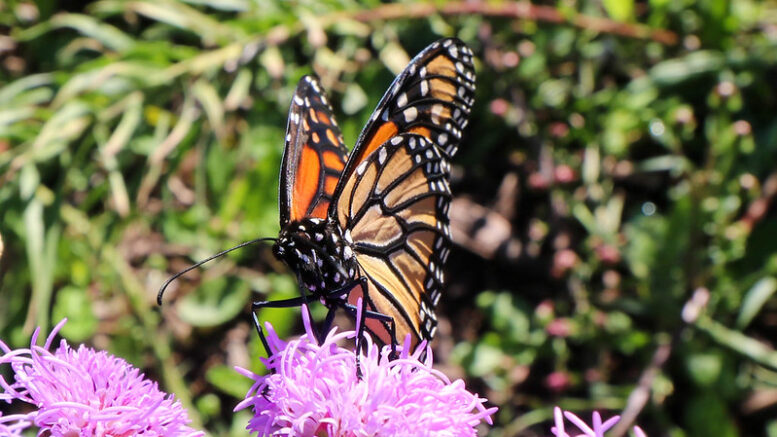Photo Credit – Pollinator Garden – Missippippi Watershed Management Organization – Flickr
Pollinator Gardens: Creating Spaces That Attract Bees, Butterflies, and Other Pollinators
In recent years, the importance of pollinator gardens has surged among gardeners and environmentalists alike. These vibrant spaces not only support local ecosystems and foster biodiversity but also enhance our own backyards with beauty and life. Here’s a closer look at why and how to create a successful pollinator garden.
The Importance of Pollinators
Pollinators, including bees, butterflies, hummingbirds, and moths, play a crucial role in the life cycle of flowering plants. They help in the reproduction of about 75% of the world’s flowering plants and one-third of the food crops we consume. Sadly, these important species are facing threats from habitat loss, pesticide use, climate change, and disease. Creating pollinator gardens is one of the most effective ways to support and sustain these vital creatures.
Tips for Creating a Pollinator Garden
Choose Native Plants: Native plants are better suited to your local climate and soil conditions. They provide food and habitat that local pollinators have evolved to rely on. Consider incorporating a variety of flowering plants that bloom at different times, ensuring a continuous food source throughout the growing season.
Diverse Plant Selection: Aim for a diverse mix of plant species. Incorporate a range of heights, colors, and shapes to attract various pollinators. Some popular choices include coneflowers, bee balm, milkweed, and asters.
Color Matters: Bright colors, particularly blue, purple, yellow, and white, can attract pollinators. Flowers with wide landing pads and open shapes make it easier for them to access nectar.

